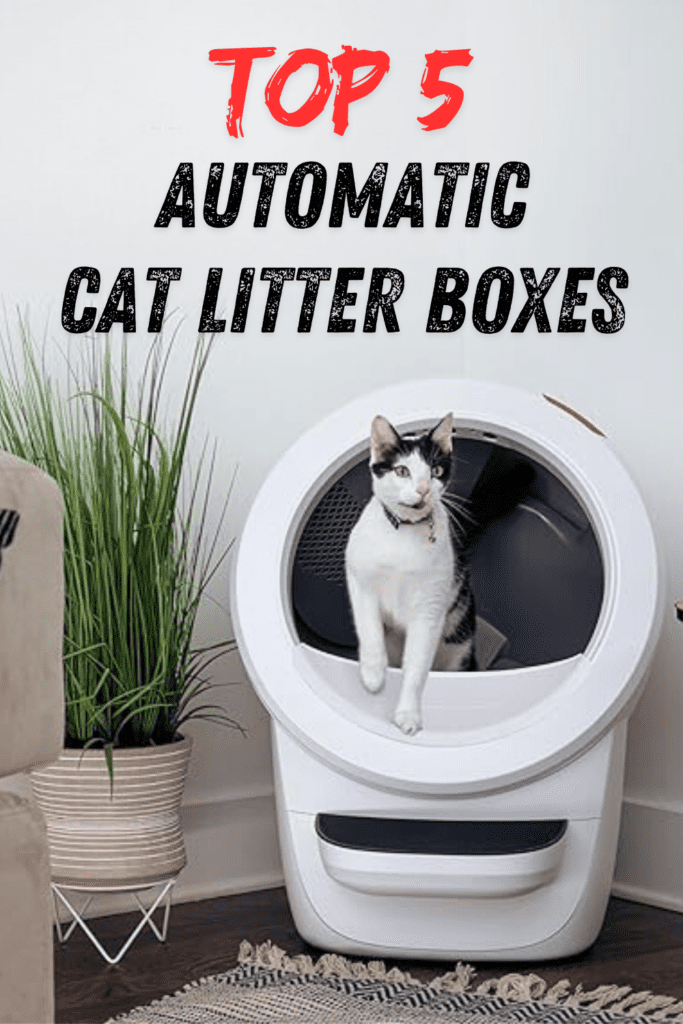This “Taming the Tempest: How to Handle Aggression in Cats” post may contain affiliate links, which means I’ll receive a commission if you purchase through my link, at NO EXTRA COST TO YOU
Taming the Tempest: How to Handle Aggression in Cats
Aggressive behavior in cats can be distressing for both the feline and its human companions. Whether your cat is showing signs of aggression towards people, other pets, or even itself, understanding and addressing these behaviors is crucial for maintaining a harmonious household. This blog explores the various forms of cat aggression, the underlying causes, and practical strategies for managing and resolving aggressive behavior.
Understanding Feline Aggression
Before you can effectively manage aggressive behavior, it’s essential to understand what constitutes aggression in cats and what might be driving it. Aggression in cats can manifest in several ways, including:
1. Fear Aggression
Fear aggression occurs when a cat feels threatened or cornered. This type of aggression is often characterized by defensive posturing, such as arched backs and puffed-up fur. Fearful cats may hiss, growl, or lash out if they perceive a threat.
2. Redirected Aggression
Redirected aggression happens when a cat is agitated by a stimulus it cannot directly confront, such as another animal outside the window. Frustrated by its inability to reach the source of its irritation, the cat may direct its aggression towards a nearby person or pet.
3. Territorial Aggression
Territorial aggression arises when a cat feels that its space is being invaded. This behavior can be directed towards other cats, pets, or even people. Territorial aggression often includes aggressive posturing and marking behavior.
4. Play Aggression
Play aggression is common in kittens and young cats. This behavior involves playful but rough interactions, including biting and scratching. While it’s a normal part of kitten development, it can become problematic if not managed properly.
Identifying the Causes of Aggressive Behavior
To effectively address aggressive behavior in your cat, identify the underlying causes. Several factors may contribute to aggression:
1. Medical Issues
Health problems can influence a cat’s behavior. Pain, discomfort, or illness can lead to aggression. For example, a cat suffering from arthritis may become irritable and aggressive when touched. Therefore, always consult a veterinarian to rule out medical issues if your cat exhibits sudden aggression.
2. Environmental Changes
Cats are sensitive to changes in their environment. Moving to a new home, introducing new pets, or even rearranging furniture can cause stress and lead to aggressive behavior. Providing a stable and predictable environment helps minimize stress and aggression.
3. Lack of Socialization
Cats that have not been properly socialized during their critical development period may exhibit aggressive behavior. Early socialization helps cats become comfortable around people, other animals, and various stimuli. Without it, cats may react aggressively to unfamiliar situations.
4. Fear and Anxiety
Fear and anxiety are common triggers for aggression. Cats that have experienced trauma or have a fearful disposition may respond aggressively to perceived threats. Addressing the source of fear and providing reassurance is crucial in managing this type of aggression.
Strategies for Managing Aggressive Behavior
Once you identify the cause of your cat’s aggression, you can implement strategies to address and manage the behavior. Here’s a comprehensive approach:
1. Create a Safe Space
Provide your cat with a safe space where they can retreat when feeling threatened or stressed. This area should be quiet, comfortable, and equipped with essential resources like food, water, and a litter box. A safe space helps your cat feel secure and reduces aggression stemming from fear.
2. Use Positive Reinforcement
Positive reinforcement is a powerful tool in modifying behavior. Reward your cat for calm and non-aggressive behavior with treats, praise, or playtime. This approach encourages your cat to associate positive outcomes with good behavior, gradually reducing aggression.
3. Manage Aggressive Encounters
If your cat is aggressive towards other animals or people, manage their interactions carefully. Gradually introduce new pets or people, and use positive reinforcement to reward non-aggressive behavior. Avoid forcing interactions and allow your cat to approach new situations at their own pace.
4. Redirect Aggression
In cases of redirected aggression, redirect your cat’s attention to an appropriate outlet. For example, use toys or play sessions to channel their energy away from aggressive behavior. Avoid reacting aggressively yourself, as this can escalate the situation.
5. Provide Enrichment
Enrich your cat’s environment with stimulating activities and toys. Boredom can contribute to aggression, so ensure your cat has plenty of opportunities for physical and mental stimulation. Interactive toys, scratching posts, and puzzle feeders can keep your cat engaged and reduce aggressive tendencies.
6. Avoid Punishment
Avoid using punishment as a method to manage aggression. Punishment can exacerbate fear and anxiety, leading to increased aggression. Instead, focus on positive reinforcement and creating a supportive environment.
7. Consult a Professional
If your cat’s aggression persists or escalates despite your efforts, consider consulting a feline behaviorist or veterinarian. A professional can provide tailored advice and strategies based on your cat’s specific needs and behavior.
Conclusion: Promoting a Peaceful Environment for Your Cat
Dealing with aggressive behavior in cats requires patience, understanding, and a proactive approach. By identifying the causes of aggression and implementing effective management strategies, you can help your cat lead a more peaceful and balanced life. Creating a safe space, using positive reinforcement, managing interactions carefully, and providing enrichment are key steps in addressing aggression. Remember, consulting a professional can offer additional support if needed. With the right approach, you can foster a harmonious environment where your cat feels secure and content.












